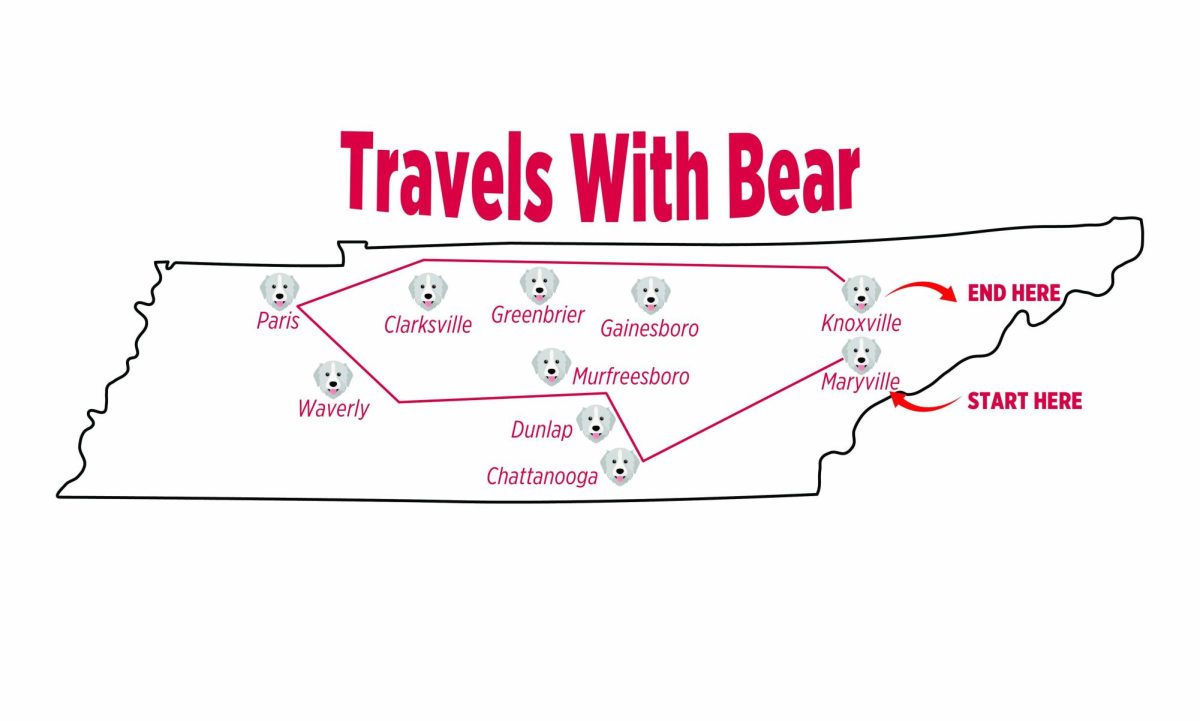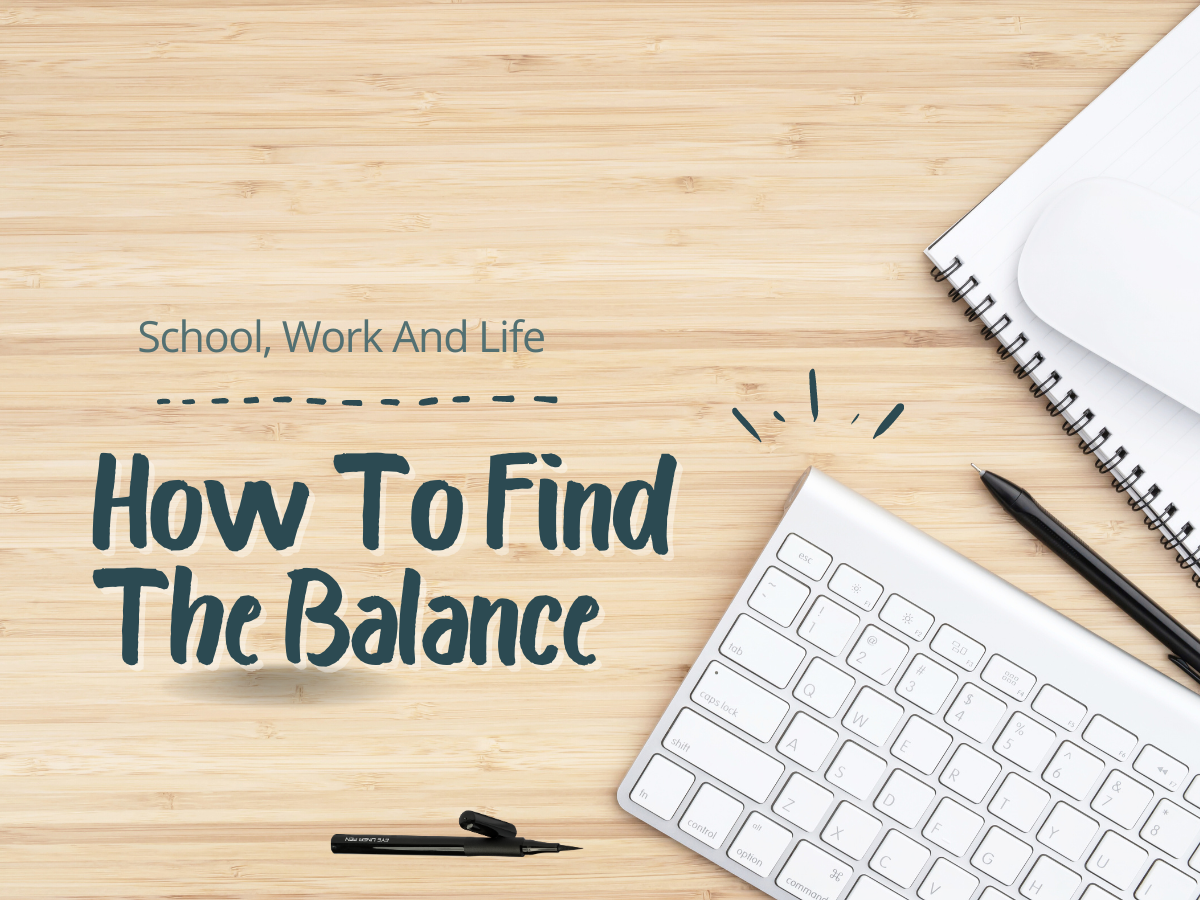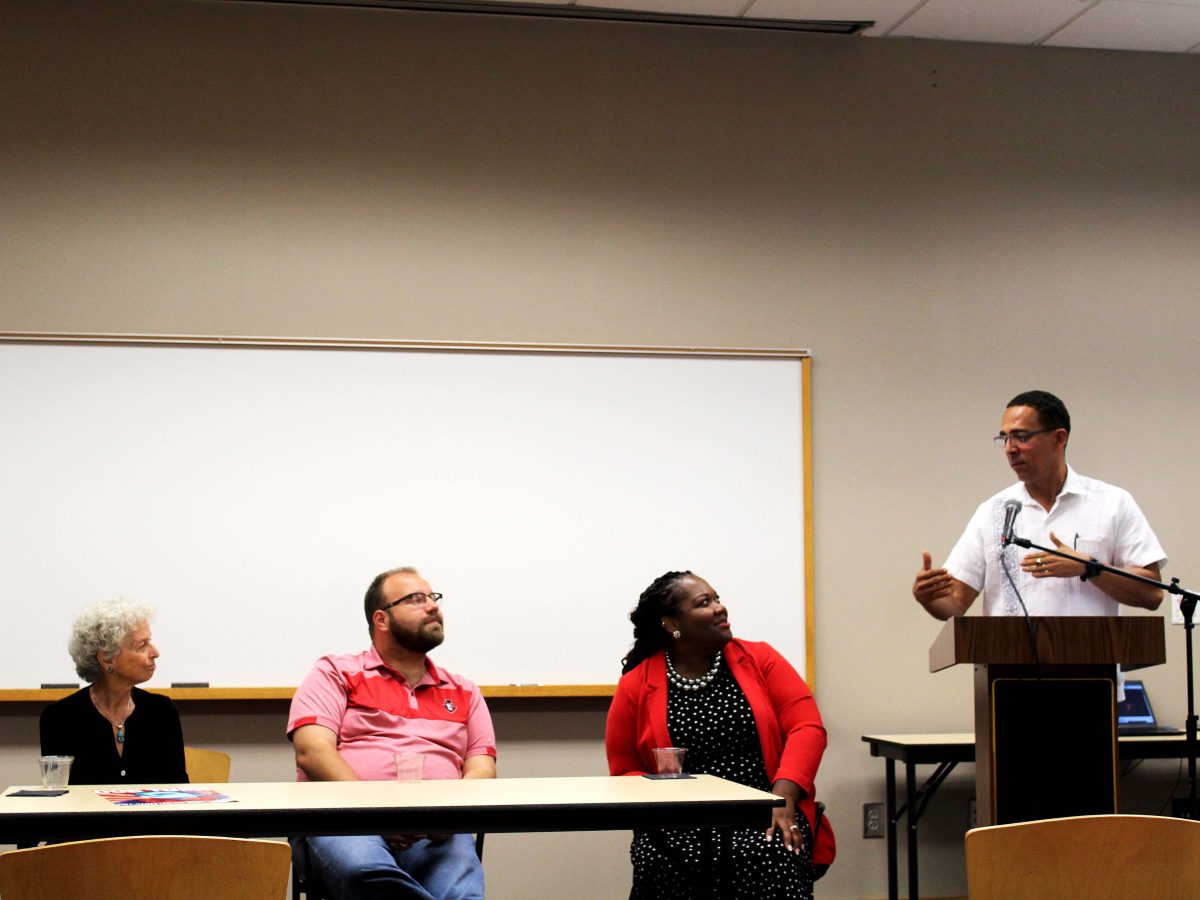Tennessee should get rid of photo-enforced speed limits, because instead of increasing safety on roadways, they cause more safety problems.
Photo-enforced speed limits have been around since 2001, but the name may be deceiving. Photo enforcers bring more revenue than they do safety. Instead of stopping reckless drivers, the camera takes pictures of the drivers’ license plates and makes them aware of the infringement after it has already passed.
“They are not as effective as they are meant to be,” said freshman interdisciplinary studies major Jenna Cottingham. “Just because your picture was taken and you get a ticket isn’t necessarily going to slow you down. I believe it’s more about the money than anything,”
According to Photo Enforced, a database of photo-enforced locations, small towns get some of their biggest revenue from these infractions.
So, what are photo enforcers really used for? Towns that have a main highway running through them are able to see hundreds and thousands of dollars come into their towns from people outside the county speeding through.
While photo-enforced speed limits are not used in Clarksville, there are red light cameras all along Wilma Rudolph Boulevard. According to the Clarksville Police Department, Wilma Rudolph is the second worst roadway for collisions in Montgomery County. This leads county officials to look at stricter rules on speed limits. The county has decided to make police more present on Wilma Rudolph instead of implementing photo enforcers. In some surrounding counties like Dickson and Robertson, county officials have decided to install the speed cameras.
However, do cameras actually make people slow down? When a police officer sees someone speeding down a highway, he or she can pull the person over, guarding against the danger of wrecks and accidents.
When a camera catches a person in the act of speeding, the action may continue for miles and miles, and the violator won’t become aware of it until a bill comes in the mail.
Many people say you can drive five mph over the speed limit without getting pulled over, but with photo enforcement, that is not always true.
According to Photo Enforced, each county has the privilege of setting its own speed trigger for the camera to go off. Most counties set their trigger speed as 10 over the limit; however, there are a few that are set at the exact speed limit. Where someone could get away with five over the speed limit with a police officer, an automatic system is not so lenient.
Some people believe cameras make others more aware of their speed.
“I think we should keep [photo enforcement] so people are more aware of what the speed limit is and maintain that through the photo-enforced area,” said junior nursing major Marie Bonham.
Although that may be true, the cameras can cause sudden changes in driving habits when drivers read the words “photo enforced” under the speed limit. This can cause just as many wrecks as speeding can.
It is true that people are more aware of the speed limit when it is photo-enforced, but it does not stop drivers from speeding up after they have passed the cameras. Many people manipulate the system in order to get by the cameras and not get fined.
Photo enforced speed limits should be banned not only from Tennessee, but also all other states. Police officers have been catching speeders for a century, and it has worked just fine when it comes to speed limits.












